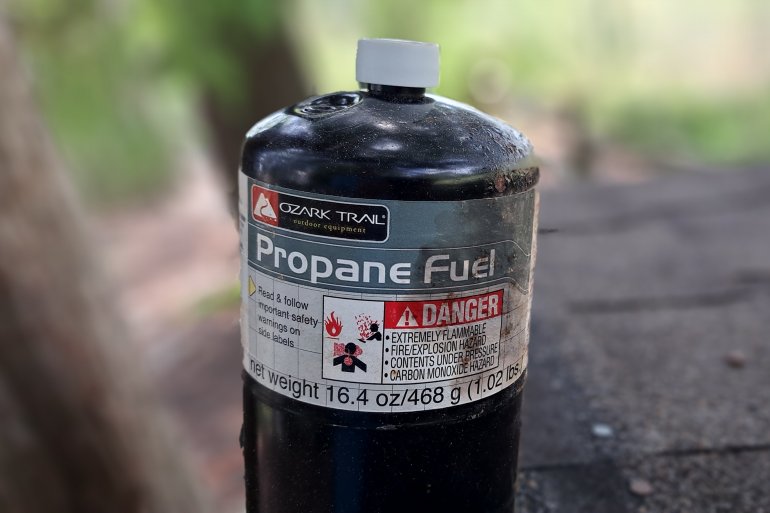September marks National Preparedness Month. This should serve as the impetus for you to check your emergency gear. Inspect and test your batteries in everything battery powered – including (especially) your smoke and carbon monoxide detectors.
Check dates on food and medicines stored for unplanned disruptions and rotate in fresh materials. This goes for your fuels too.
Recently, I’ll confess to a more lackadaisical attitude on my propane bottles. I just assumed these will last a long time without a lot of baby-sitting. I learned first-hand they don’t.
Of a couple of dozen bottles I kept stored for emergency cooking and some other incidental uses, less than four had any fuel remaining and even those were mostly empty. Granted I bought most of these pre-Y2k (remember that?), but finding them all empty caused my anxiety to spike. After all, it’s kind of hard to cook and heat foods indoors if the natural gas stops flowing to our homes. Of course, I remedied this promptly.
So check your stuff. October is Fire Prevention Month and as our former director and retired firefighter Al Devlin always reminded us: make sure you invert each of your fire extinguishers a few times to listen for the powder inside to break loose from the bottom of the pressure vessel. You should do this at least every year, and for vehicle dry chem extinguishers, every month is better.
So take a few minutes to check your gear to ensure it’s ready for emergencies.
Be prepared and stay safe!

If you are wanting propane for backup cooking, wouldn’t it be better to have one or more 20 pound tanks full, in storage? They are far less likely to leak over time, if they did at all. You could cook on a grill rather than a little camping stove.
For those that don’t know, if you are rural and your home has the large propane tank outside, you can get a hose installed on the tank with which you can fill the 20 pound tanks yourself, instead of having to take them somewhere.
Those empty little propane tanks make nice targets for plinking!